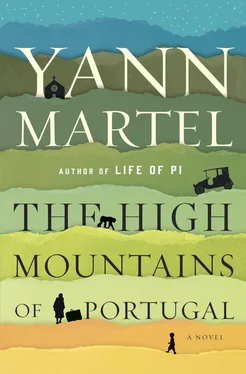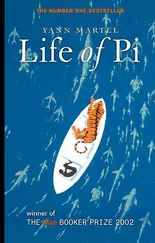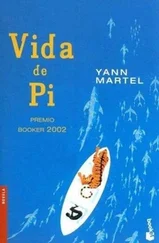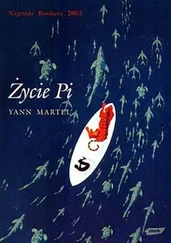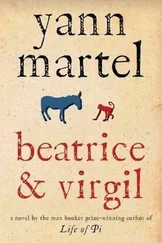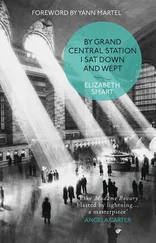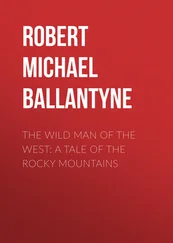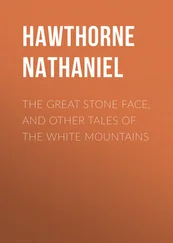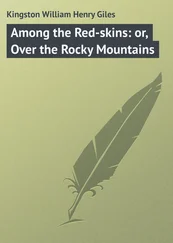In the morning he is glad to get the machine going. The land continues to dry up, the cultivated weave plucked away, the sustaining frame of rock further exposed. The new landscape jumps out at him, luminous, the assertion of geology plain and direct.
He begins to lose his way regularly. Until now, thanks to the maps, to the forbearance of roads, to luck, he has never got lost for very long. This changes after Castelo Branco. After Castelo Branco, the days blur into a fog of time. He drives into a village in despair, finds a local, and asks him, “Please, I’ve been looking for Rapoula do Côa for three days. Where is it? In what direction does it lie?” The old villager looks in consternation at the smelly, distressed man in the smelly, distressing machine (whom he saw the previous day and the day before, roaring through the village) and responds shyly, “This is Rapoula do Côa.” Lost elsewhere Tomás begs to know where Almeida is, and the native smiles and cries out, “¿Almeida? No está aquí, hombre. Almeida está del otro lado de la frontera.” Tomás stares at the man’s mouth, aghast to hear the susurration of Portuguese replaced by the growl of Spanish. He races back to Portugal, fearful that the border he did not even notice will now rear up like an impassable mountain range.
The compass is of no help. Always, no matter the road, it points away from the road into the wilderness, its needle trembling as he trembles.
How one gets lost can vary, but the state of being lost, the feeling of it, is always the same: paralysis, anger, lethargy, despair. A pack of wolf children somewhere past Macedo de Cavalerios pelt the machine with stones, gouging the elephant hide, denting the metal hood, and, worst of all, shattering the window of the driving compartment, so that he must now drive through howls of cold wind wearing the motoring coat, goggles, and hat, but not the fine gloves, which burned to a crisp in the cabin fire. He has another flat tire, and this time he must actually repair the tire, since the tire on the footboard is already punctured.
One afternoon he at last reaches his destination. Invisibly — but the map telling him so — he enters the High Mountains of Portugal. He can see it in the gentle lift in the land and in the increasing drop off the side of the road. He is jubilant. Soon, soon, he will find the church he’s been seeking and his uncommon insight will be brilliantly demonstrated. His mission is nearly accomplished. What he has been saying with his backwards walking for a year, his outrage, his despair, he will now say with an unconventional crucifix. A broad smile illuminates his face.
The road soon settles into a steady flatness. He looks to his left and right, perplexed. He discovers that he is driving through an act of national vanity. Every country yearns to flaunt that glittering jewel called a mountain range, and so this barren wasteland, too low to be alpine but too high to be usefully fertile, has been bedecked with a grand title. But there are no mountains in the High Mountains of Portugal. There is nothing beyond mere hills, nothing trás os montes . It is an extensive, undulating, mostly treeless steppe, cool, dry, and bleached by a clear, dispassionate sunshine. Where he expected snow and rock, he finds a low, rampant golden-yellow grass that stretches as far as the eye can see, occasionally interrupted by patches of forest. And the only summits he sees are strange, pockmarked boulders, enormous in size, the detritus of some geologic bustle. Streams here and there flow with unexpected liveliness. The steppe is, as its homophone implies, a temporary place from which one proceeds elsewhere. Historically, generations of hardscrabble locals have hurried away from its poor soil, emigrating to more clement parts of the world, and he finds that he too wishes to hurry through it. The villages he encounters concentrate the loneliness he feels in the wide-open spaces between them. Every man and woman he encounters — he doesn’t see any children — smells of time and radiates solitude. These people live in plain, square, solid stone houses with shale roofs, the habitable spaces built above the animal pens, so that the two groups live in joint dependency, the humans receiving warmth and sustenance, the animals food and safety. The land is not amenable to extensive economic use. There is nothing but small, hardy fields of rye, large vegetable gardens, chestnut trees, beehives, chickens in profusion, pens of pigs, and roaming flocks of goats and sheep.
The nights are of a coldness he didn’t know existed in Portugal. He sleeps bundled up in blankets, wearing every item of clothing he can fit on. He cuts the canvas rain tarp into pieces and uses them to seal, more or less, the broken windows. This makes the cabin very dark. He burns candles inside it to heat it. One morning he awakes to a landscape of snow. It is midafternoon before it has melted enough for him to dare to drive on. Now that there is no front window, the driving is so cold that he must slow down.
There are moments in the days when he recognizes a formal beauty to the landscape. It often has less to do with geography and more to do with the weather and the play of light. He does not get as lost as he did farther south, because there are fewer villages and fewer roads. But the roads are rutty obscenities laid down by an enterprising government long ago and forgotten by every government since. In fact, the whole region has the feel of living in administrative amnesia. And yet churches were built in the High Mountains of Portugal, as they were everywhere else in the country. Geography clamours for history. He studies the map and locates the five villages of São Julião de Palácios, Santalha, Mofreita, Guadramil, and Espinhosela. If his research delivers on its promise — and it must, it must — in one of these villages, washed up by the vagaries of history, he will find Father Ulisses’ anguished creation.
He first heads for the village of São Julião de Palácios. The wooden crucifix in its church is ordinary and unremarkable. The same with the centrepiece of the church of Guadramil.
It is on the way to Espinhosela that it happens.
He awakes to a sharp dawn. The air is bright, odourless, dry, with none of the luxuriance of Portugal’s coastal air. When he walks on the gravel at the side of the road, it crunches with parched crispness. A bird’s cry startles him. He looks up. At that precise instant a falcon collides from above with a dove. There is a wobble in the air, a flutter of loosened feathers, then a smooth banking as the falcon resumes its controlled flight with the dove crushed in its talons. It flaps its wings and gains altitude. Tomás watches it vanish in the distance.
An hour or so later, the road he is driving along is open and flat, as is the land on either side. Just then, above the snout of the automobile’s hood, the child appears — more precisely, its hand. The sight is so odd, so unexpected, that he cannot believe what he has seen. Was it a branch? No, it was most certainly a small hand. If a child were holding on to the front of the automobile and stood up, that’s where its hand would appear. And if a child were holding on to the front of the automobile and slipped off, it would then fall under the moving machine. What is the sound of a body being run over by an automobile? Clearly it is what he has just heard: a sound soft, swift, and thumping.
His mind moves in that alternately slow and abrupt way of a mind that is jarred. He must check on the child. Perhaps it is hurt. Or at the very least frightened. If there even was a child. He sticks his head out of the driving compartment and looks back.
He sees behind him, receding, a lump, small and still.
He halts the machine and steps out. He removes his hat and goggles. He is breathless. The lump is far off. He walks backwards towards it. Every time he turns his head, it is closer and his chest feels tighter. He walks faster. His heart is jumping in his chest. He turns around and runs forward towards the lump.
Читать дальше
